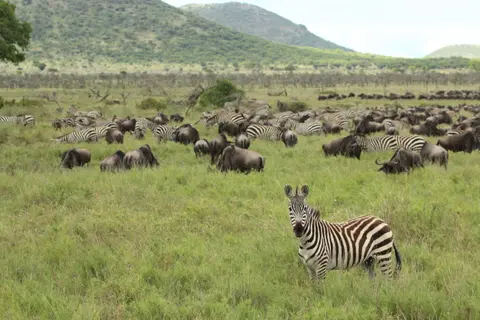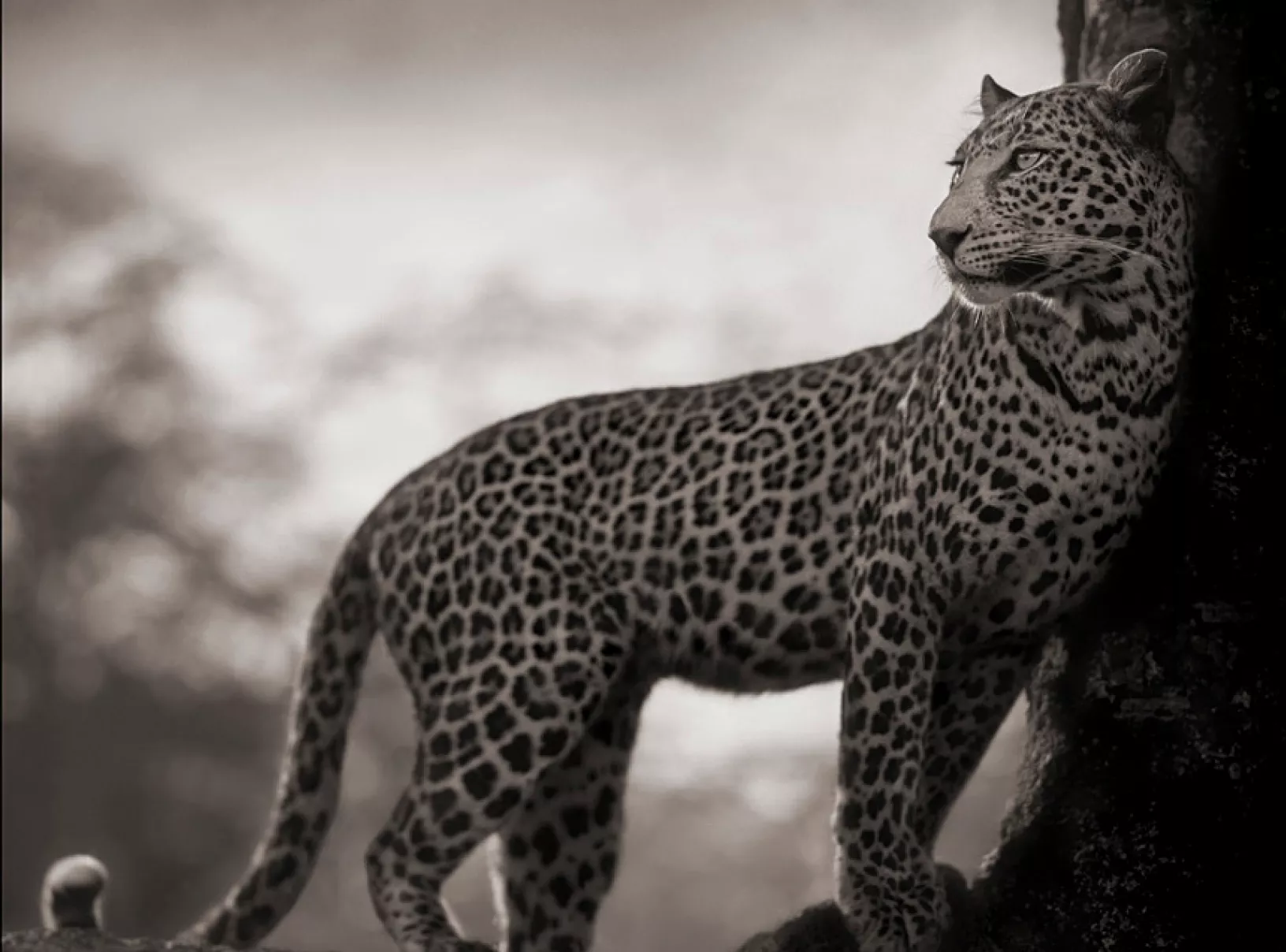
Our Travel Journal
A Guide to Wildlife Photography on Safari
Written By Louise - Guest Experience LeadImage supplied by Louise Engelbrecht
Your Timeless Journey Awaits...

You have booked your trip, countdown to departure, and packing lists are ready and excitement growing by the day. You review the itinerary and lodges you will be staying at and marvel at the beautiful wildlife photos shown.
Close-ups of Lions with playful cubs, a Zebra’s fine black and white stripes, the textures of an Elephant’s tough trunk skin, and even a video of a leopard climbing up a tree with its fresh prey, to hide from fellow predators.
You remember your travel manager asking if you are interested in photography while travelling. But of course… who is not while visiting the beautiful African continent?
So you pack your phone as a photo device, surely if you can use it at home, it is good enough on safari too?
Well, yes and no.
These days phone cameras have evolved to be the best they have ever been and many travellers choose to travel with a mobile phone camera only.
Keep in mind that the photos you take will not only be the ones you share back home with family but often the only keepsake of your adventure in Africa. You do not want to be dissatisfied with the outcome, spending two weeks on safari but ending up with tiny lions in the far distance, out of focus.

I am a keen phone photographer and use my mobile phone a lot while travelling, both on safari as well as in general travel photographs. This is me on a hot air balloon ride in the Serengeti – and yes, I used the selfie mode camera on my mobile device for this photo.
One of the most important tips I love to share with fellow travellers is to keep in mind that the wildlife photos you see on travel and safari lodge websites are probably taken by Professional Photographers, with proper photo gear and long lenses (not phones), photographers who waited patiently at wildlife sightings and always had their cameras ready to shoot.
The photos you see are most probably also the few best selected from thousands of photographs taken.
Do we all have to lug around heavy packs with professional photography gear to have good photo memories? No, but it does help to know a little bit about the opportunities you may have and arrive prepared.

The good news is that you do not have to have all the latest, biggest cameras and lenses and complicated things to get a good photo or ten while on safari. Casey (pictured) on her gorilla trekking safari prepared with her mobile, GoPro and camera.
This is a comparison between capturing a leopard in a tree trunk taken with a mobile phone vs taken with my Canon EOS 5D Mark IV camera

Phone photo

Camera photo
Some newer models have the option of sharing to your phone so you can share on social media on the go.


Bridge camera for wildlife and travel, an example is the Sony – RX10-IV-with AF-25x-optical-zoom or Panasonic LUMIX Super Zoom Bridge Camera DMC-FZ2000
If you do want to venture into the bigger SLR or mirrorless cameras, consider these:
Ps, you will need to buy lenses for the above mentioned cameras or rent them at your destination.

Sony Bridge Camera - RX10-IV-with AF-25x-optical-zoom

Canon EOS R7
Here are some of my personal photos taken over time on my mobile vs taken on my camera:
Most safari lodges and camps provide proper electricity in your room/tent. It may be that they run on solar energy and have one shared charging station at a central area (away from your room). Please make sure to bring charger as well as adaptor plug to fit the local electricity supply.
When you are out on a full day safari, there will be no charging opportunities. Ensure to bring enough batteries (we suggest 2 per camera).
Charge every night so that you always have 2 fully charged batteries.
If you are travelling in East Africa, Southern Africa you may be travelling by small plane with very limited weight allowances. Travellers are generally allowed a maximum of 15-20kg (33-44lbs) for all luggage – that’s all luggage, checked-in, carry-on, as well as cameras.
Here’s a link to view our luggage to use on a safari guideline.
If you pack anything like me you will know that 2 camera bodies, 2 lenses and some gear already take at least 5kg (11lbs).
If you need extra weight allowance for photography gear please discuss with your travel manager as you do have the option to buy up luggage allowances.
RENTING GEAR:
Some luxury lodges have photographic rental options at the lodge, while another option would be to rent gear in the first town you stop (then return on your way out).
Speak to your Travel Manager to help you figure out the most suitable option.
* I was recently hosted by GreatPlainsConservation and stayed at their Selinda and Okavango Explorer’s Camp. They supply all guests with a Camera body and 100-400mm lens to use while staying in their reserve camps.
Read our travel stories for inspiration and updates.